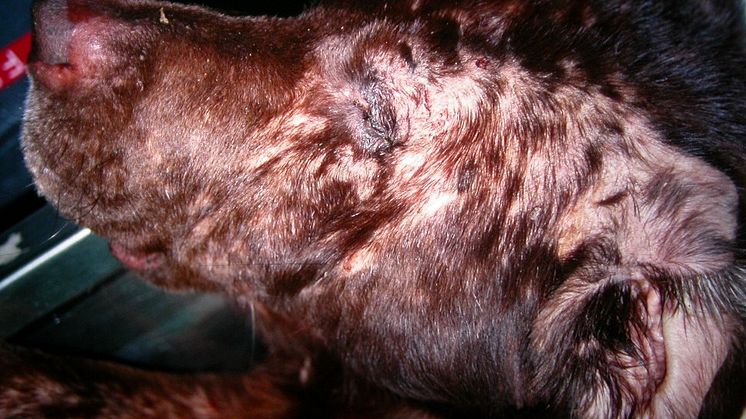Press release -
New improved dog reference genome will aid a new generation of investigation
Researchers at Uppsala University and the Swedish University of Agricultural Sciences have used new methods for DNA sequencing and annotation to build a new, and more complete, dog reference genome. This tool will serve as the foundation for a new era of research, helping scientists to better understand the link between DNA and disease, in dogs and in their human friends. The research is presented in the journal Communications Biology.
The dog has been aiding our understanding of the human genome since both genomes were released in the early 2000s. At that time, a comparison of both genomes, and two others, revealed that the human genome contained circa 20,000 genes, down from the around 100,000 predicted earlier. In the new study, researchers led by Dr Jennifer Meadows and Professor Kerstin Lindblad-Toh, have greatly improved the dog genome, identifying missing genes and highlighting regions of the genome that regulate when these genes are on or off.
A key factor was the move from short- to long-read technology, reducing the number of genome gaps from over 23,000 to a mere 585.
“We can think of the genome as a book,” says Meadows. “In the previous assembly, many words and sometimes whole sentences were in the wrong order or even missing. Long-read technology allowed us to read whole paragraphs at once, greatly improving our comprehension of the genome.”
“Additional tools which measure the DNA’s 3D structure allowed us to place the paragraphs in order,” adds Dr Chao Wang, first author of the study.
A better reference genome also helps disease research. Domestic dogs have lived alongside humans for tens of thousands of years and suffer from similar diseases to humans, including neurological and immunological diseases as well as cancer. Studying dog disease genetics can provide precise clues to the causes of corresponding human diseases.
“The improved canine genome assembly will be of great importance and use in canine comparative medicine, where we study diseases in dogs, for example osteosarcoma, systemic lupus erythematosus (SLE) and amyotrophic lateral sclerosis (ALS), with the goal of helping both canine and human health,” says Lindblad-Toh.
For further information contact:
Jennifer Meadows, tel: +61-404 047864, email: jennifer.meadows@imbim.uu.se
Kerstin Lindblad-Toh, tel: + 46 70-3242336, email: kersli@broadinstitute.org
Wang et al. (2021) A novel canine reference genome resolves genomic architecture and uncovers transcript complexity, Communications Biology
The new dog reference genome and annotation, GSD_1.0, is available publicly for download (DDBJ/ENA/GenBank: JAAHUQ000000000) or for online browsing via UCSC and Ensembl. Major financial support was provided by the National Cancer Institute (USA), with additional contributions from the laboratories of individual co-authors.
Topics
Uppsala University
The first University in Sweden. Quality, knowledge, and creativity since 1477. Education and research of the highest quality and relevance to society, business, and culture. Uppsala University is ranked among the world’s top higher education institutions. www.uu.se


